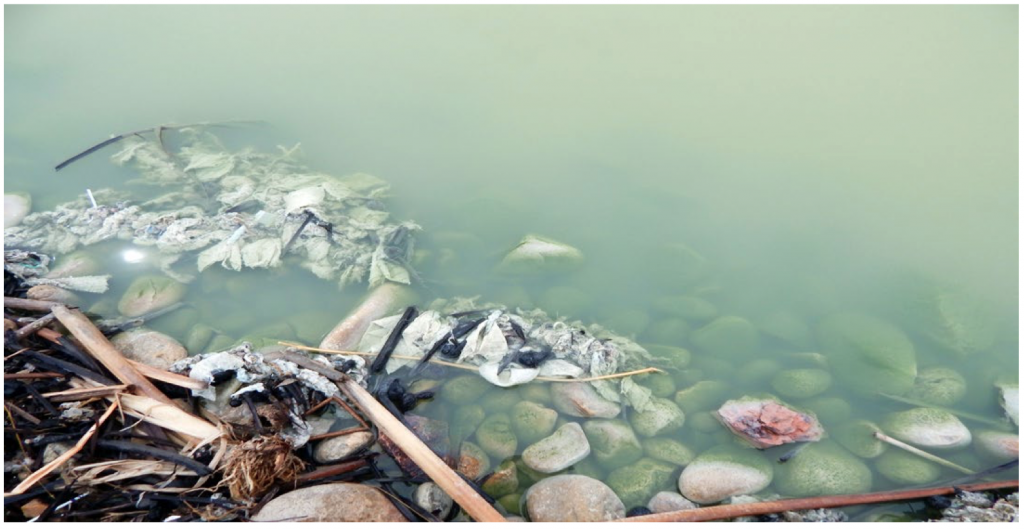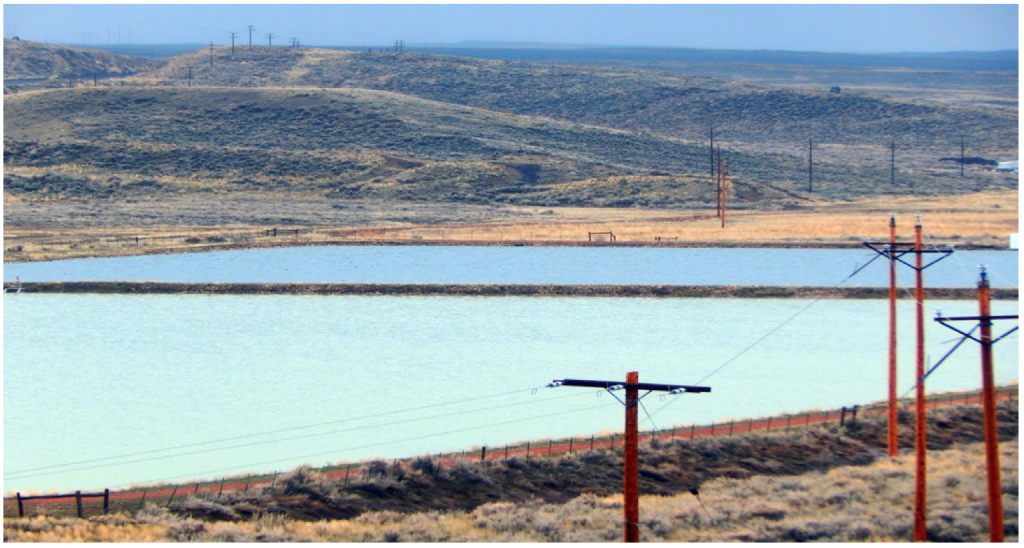Lagoon WWTP 0.2 MGD
The biology in wastewater lagoons can be significantly impacted by toxic substances introduced from illicit drug manufacturing. Surface waters contaminated with drugs, and the chemicals used to manufacture them, are known to suppress aquatic life, including microorganisms.1
These chemical compounds inhibit biofilm formation and promote higher abundance of species equipped to survive in toxic environments. Microorganisms that can maintain cellular function in the presence of toxic waste exclude many of the essential biota needed for efficient wastewater processing.
These impacts can be applied to wastewater systems that are suffering from drug related toxic hits. The following case study describes the process of restarting the biology in a lagoon system that was killed off by methamphetamine manufacturing chemicals.

Figure 1. Wastewater in cell one of the facultative lagoon system after the toxic hit exhibiting milky white color.
The wastewater operators in a rural Wyoming municipality noticed that the wastewater in the first cell of their 0.02 MGD facultative lagoon system turned milky white and was producing a strong odor (Figure 1).
After several community members complained about the terrible smell coming from the treatment facility, the management began to investigate the health of the lagoon system.
They realized that the odor was a result of the plant biology dying from toxic chemicals introduced to the system. These toxins were allegedly dumped into the collection lines from a meth lab that was busted shortly before the wastewater system started to smell.
An occupant of the meth lab confessed to flushing the meth making chemicals down the toilet when law enforcements were sighted outside the residence. To quickly restore biological treatment in thelagoons, the city contacted BioLynceus®.

Figure 2. Two cell facultative lagoon system servicing a rural Wyoming municipality.
A combined regimen of ProBiotic Scrubber® II (PBII) and Potassium Permanganate (PP) was applied to the first treatment cell. Daily doses of PBII were applied for 14 days. The PP was supplemented to provide oxygen to the lagoon system and speed the reaction time of the PBII.
After five days of bioaugmentation, the smell from the lagoons dissipated. By the end of the two-week treatment, the basins were properly processing influent wastewater.
The lagoon system was also brought back to a healthy color.
BioLynceus®’ bioaugmentation plan quickly restored biological wastewater treatment in the facultative lagoon system.
BioLynceus® ProBiotic Scrubber® II provides a biological solution for lagoon toxicity.
1 Lee S., Paspalof A., Snow D., Richmond K., Rosi-Marshall J., & Kelly J. (2016). Occurrence and Potential Biological Effects of Amphetamine on Stream Communities. Environmental Sci- ence Technology. 50 (17): 9727-9735. https://pubs.acs.org/doi/abs/10.1021/acs.est.6b03717

